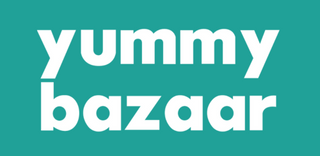It’s unclear where exactly turron came to Spain from. The leading theory is that it's a Moorish dessert that was adjusted for the local taste. The other is that, in some form, it has existed on the Iberian peninsula since the times of ancient Greece.
What is clear is that Turron, a nougat-style candy made with honey, sugar, almonds, and eggs, has been a staple treat amongst the Spanish nobility since at least the 15th century and by the second half of the 16th century had become a Christmas staple among the masses. Even today, the winter holiday season accounts for over 89% of turron sales.
Traditional Spanish turron is divided into two major types (though there are several other varieties, as well):
Turron Duro, also known as Turron de Alicante, is a hard nougat candy. It’s usually a compact white block with whole roasted almonds that make up around 60% of its overall mass.
Turron Blando, also known as Turron de Jijona, is a soft nougat candy. Before being combined with the turron base, almonds are turned to paste. They account for about 64-65% of the overall turron mass. Jijona turron is traditionally caramel-colored instead of white.
